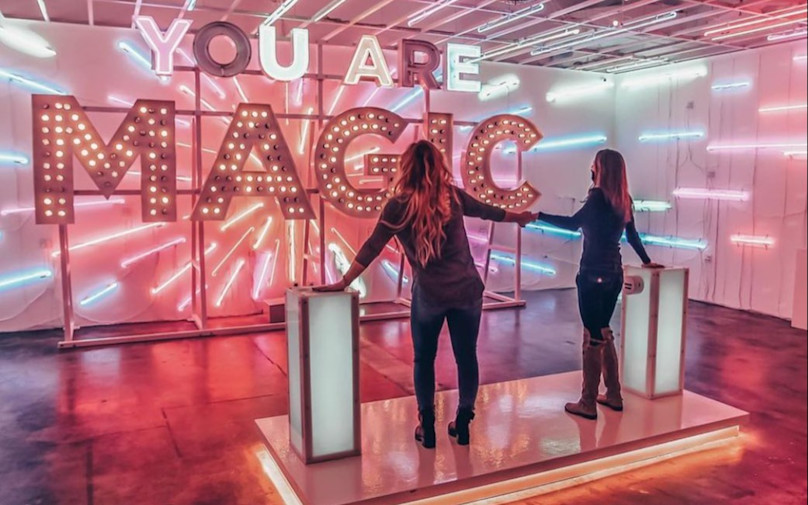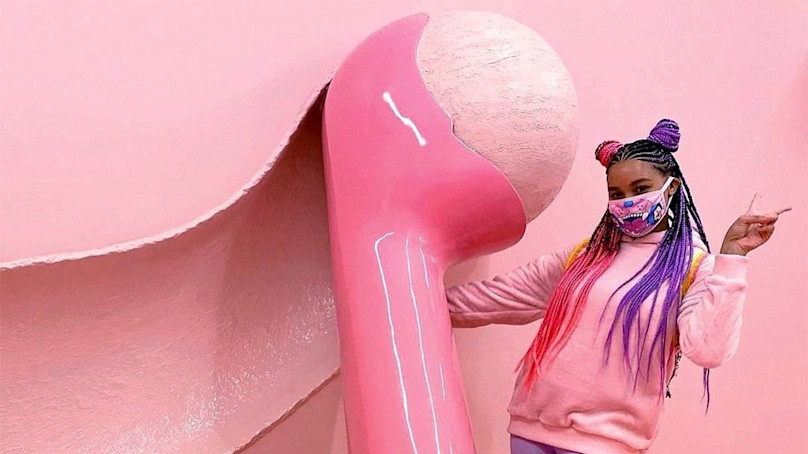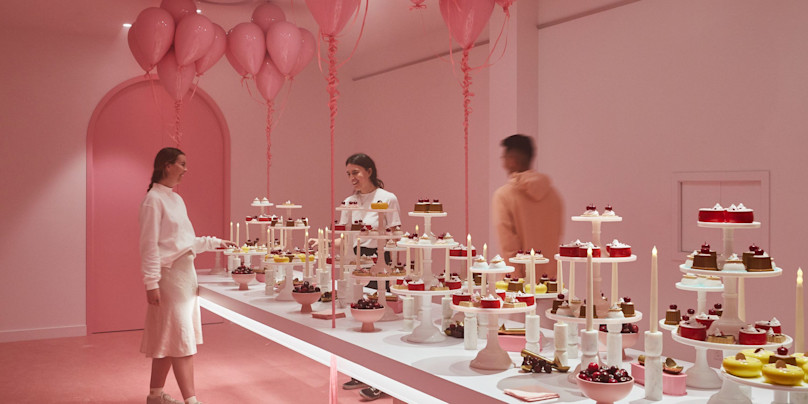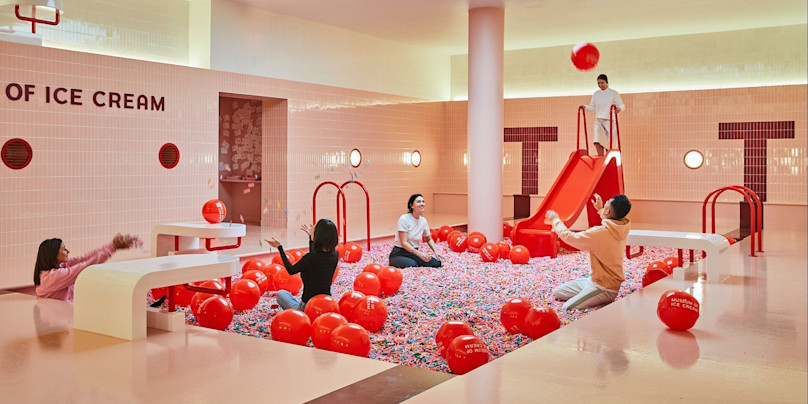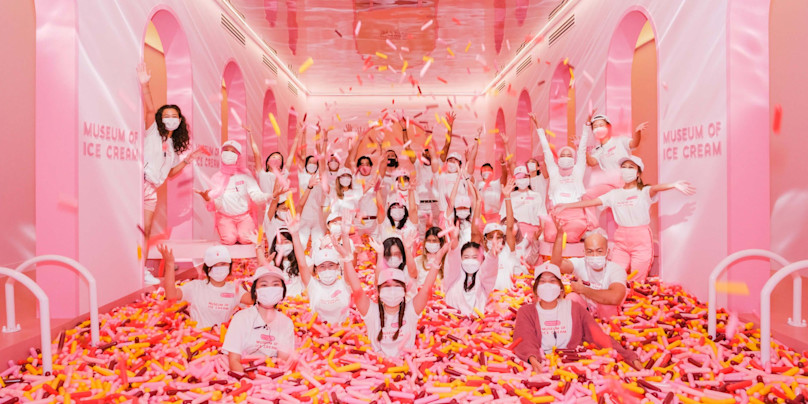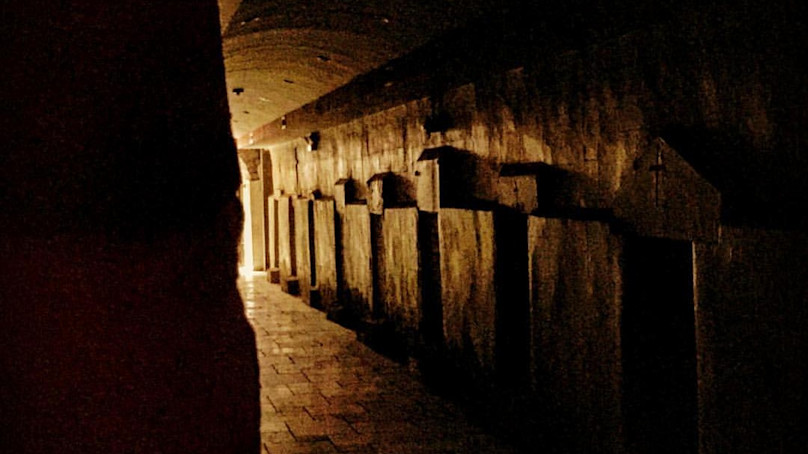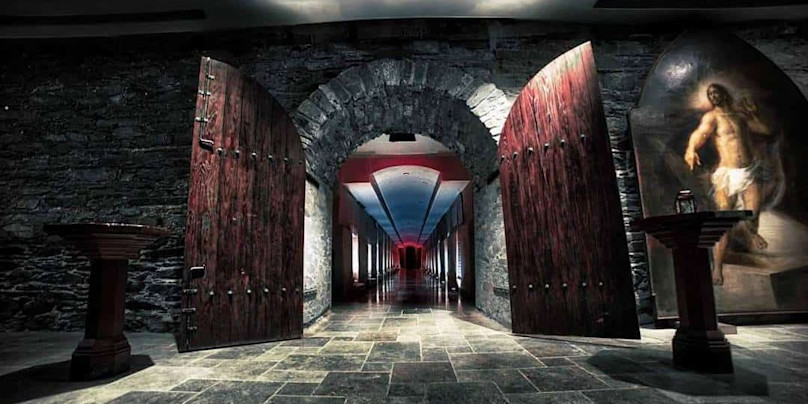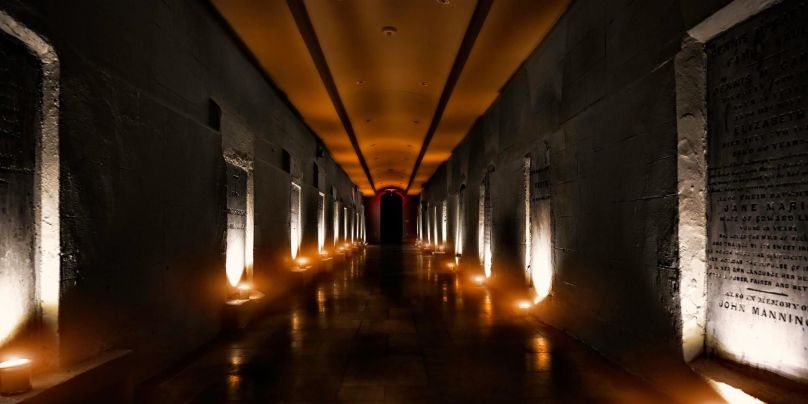Art and Architecture: Discovering the Whitney Museum’s New Home
Drawn by the allure of modern American art, I embarked on a journey to the Whitney Museum’s new location in New York City’s Meatpacking District. Renzo Piano’s architectural marvel and the museum’s diverse collection promised an unforgettable experience.
A New Home for Art: The Whitney’s Relocation
As I stepped into the vibrant Meatpacking District, the anticipation of visiting the Whitney Museum’s new location on Gansevoort Street was palpable. The move to this bustling neighborhood, nestled at the southern end of the High Line, was a stroke of genius. Renzo Piano’s architectural masterpiece seamlessly integrates with the rugged charm of the area, evoking the nautical elegance of ocean liners that once graced the nearby Hudson River. The building’s design, with its series of outdoor terraces, offers breathtaking views of the High Line and the surrounding cityscape, creating a harmonious blend of art and urban life.
The Whitney’s relocation has not only expanded its physical space but also its artistic horizons. The museum’s new home provides a generous canvas for its impressive collection of modern and contemporary American art. As I ascended to the eighth floor, I was greeted by Piano’s signature top-lighting, which bathed the gallery in a soft, natural glow. The strategic use of light and space throughout the museum enhances the viewing experience, allowing each piece to shine in its own right.
A Journey Through Art: Exploring the Galleries
The Whitney’s inaugural exhibit, ‘America is Hard to Find,’ was a revelation. This comprehensive overview of the museum’s permanent collection showcased a diverse array of artworks, with a particular focus on previously overlooked women, Latino, Black, and Asian artists. It was refreshing to see such a rich tapestry of voices and perspectives represented in the art world.
As I made my way through the galleries, I was captivated by the depth and breadth of the collection. From Edward Hopper’s iconic depictions of American life to Georgia O’Keeffe’s vibrant landscapes, each piece told a unique story. The upper floors, in particular, housed some of the most striking works, offering a glimpse into the evolving narrative of American art.
The museum’s layout encourages exploration, with exterior stairs providing a scenic route from the eighth to the sixth floors. The interior stairway from the fifth floor to the lobby, though more conventional, was imaginatively designed, adding to the overall experience. However, the use of fire stairs between the sixth and fifth floors felt somewhat out of place, a minor hiccup in an otherwise seamless design.
A Cultural Oasis: The Whitney’s Impact
The Whitney Museum’s new location has transformed the Meatpacking District into a cultural oasis. Its proximity to the High Line, Chelsea Market, and Greenwich Village makes it a must-visit destination for art lovers and urban explorers alike. The museum’s commitment to showcasing a diverse range of artists and perspectives is a testament to its role as a leading institution in the art world.
As I stood on one of the outdoor terraces, taking in the sweeping views of Manhattan, I couldn’t help but feel inspired. The Whitney’s relocation has breathed new life into its collection, offering a fresh perspective on modern American art. It’s a place where creativity and innovation converge, inviting visitors to embark on a journey of discovery.
For those seeking a chic and sophisticated cultural experience in New York City, the Whitney Museum is an absolute must. Its blend of architectural brilliance, artistic diversity, and urban charm makes it a standout destination in the city’s vibrant art scene. Whether you’re a seasoned art aficionado or a curious traveler, the Whitney promises an unforgettable experience that will leave you yearning for more.


























